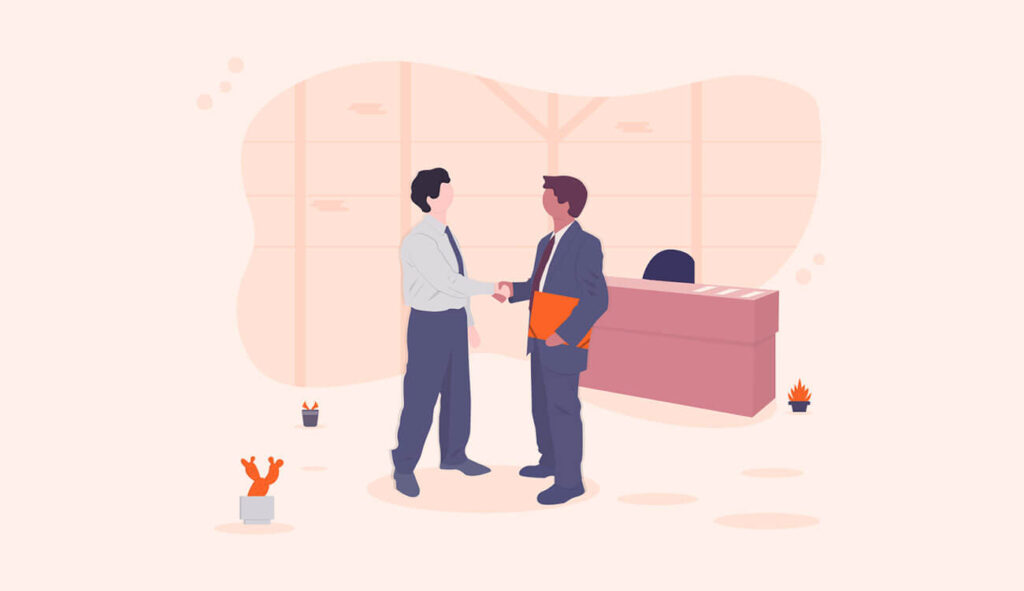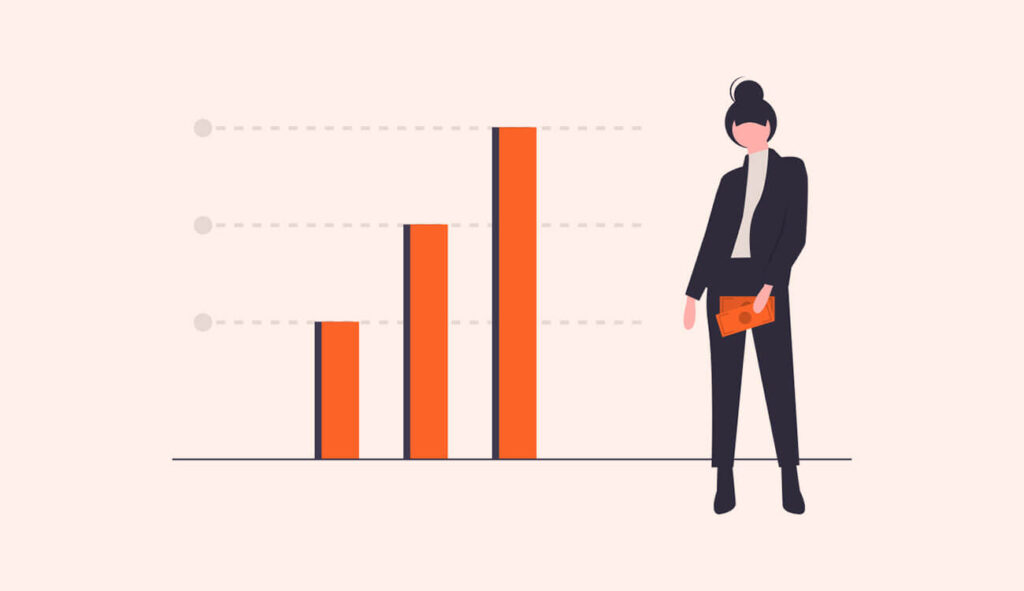According to the World Health Organization (WHO), 15 million people suffer from stroke worldwide each year.
The brain also needs oxygen, which is receives from the blood, just like any other part of the body. When blood flow to the brain stops, the brain cells lose oxygen and the symptoms that follow are called stroke. Physiotherapy for stroke patient is very necessary.
The symptoms of stroke are wide spread because the brain controls the whole body, affecting different parts of the brain such as difficulty speaking, weakness in the arms or legs and drooping face.
There are three types of strokes.
- Ischemic stroke
- Hemorrhagic stroke
- Transient ischemic attack
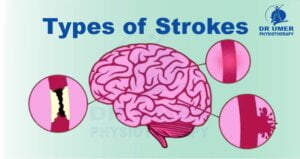
Ischemic stroke
An artery in your brain narrows or becomes completely blocked, the blockage may be caused by blood clot is known as ischemic stroke.
When I think about ischemic stroke, i think five major causes.
We can see ischemia or a blood clot reduction in blood flow to a part of the brain from thromboembolism, intracranial atherosclerosis, lacunar infarcts, watershed ischemia, and embolism or cardio embolism.
Hemorrhagic stroke
Hemorrhagic stroke occurs when rupturing the weakened blood vessel.
There are two types of hemorrhagic stroke.
- Subarachnoid hemorrhage: Bleeding happens inside the brain.
- Intra-cerebral hemorrhage: Bleeding happens between membranes and the brain.
Hemorrhage stroke can happen after an ischemic stroke. Hypertensive hemorrhage, hemorrhagic transformation, tumors, and cerebral amyloid angiopathy, those four causes all present with intra-parenchymal or intra-cerebral hemorrhage.
Transient ischemic attack
In Transient Ischemic Attack (TIA) strikes blood flow to the brain is temporary blocked for few minutes, is a type of stroke. Symptoms of TIA are common like other types of stroke.
Major cause of transient ischemic attack is deposition of cholesterol in an artery that supplies oxygen to brain. Obesity, migraine, syncope and low blood pressure are also common causes of Transient Ischemic Attack.
CAUSES OF STROKE
As you get older, the blood flow of our body is slow due to harder or narrow arteries, or become blocked, these factors increase the risk of stroke. As i mentioned above that different types of stroke have different causes.
Symptoms of Stroke
The main symptoms of stroke include.
- Weakness or paralysis
- Trouble when speaking and understanding
- Numbness of face, arms and legs on one side of the body
- Muscles spasm or muscles stiffness
- Dizziness, trouble in walking or lack of coordination
Complication of stroke
- Subluxation
- Tone / Contracture
- Pain
- Swelling
- Pneumonia
- Blood clots
- Skin breakdown
Stroke Treatment With Physiotherapy
Physiotherapy is the best way to give life back for a stroke patient. Physiotherapist helps stroke patient to recover fast.
How can physiotherapy for stroke helps you?
Your physiotherapist on this unit will help you with:
- Strength and movement of your legs.
- Moving in bed & transferring
- Walking & stairs
- Balance & coordination
- Breathing difficulty.
What is Stroke Rehabilitation?
Rehabilitation helps stroke survivors to relearn skills that are lost when part of the brain is damaged. Rehabilitation also teaches survivors new ways of performing tasks like sitting, standing or walking goals.
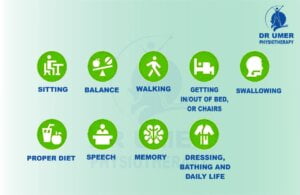
Goals of Rehabilitation
- Maximize recovery
- Promote independence
- Improve function
- Assist in re-integration to the community
Physiotherapy Strategies and Techniques
Physiotherapist will create a specialized plan for each patient, depending on what parts of their body have been affected. Physiotherapist are using a wide range of techniques to recover a stroke patient like;
- Manual therapy / Physical therapy
- Massage therapy
- Occupational therapy
- Speech therapy
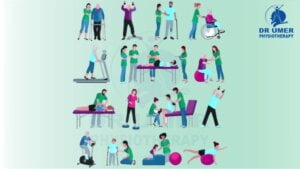
Manual therapy / Physical therapy for stroke
Manual therapy or Physical therapy will help to restore function and increase range of movement by affected area.
Massage therapy
Massage therapy will help to improve blood circulation and decreased muscle stiffness.
Occupational therapy
Occupational therapists focus on the activities of daily living of a patient that being going to the bathroom, personal hygiene, dressing and eating.
Speech therapy
Speech therapists focus on communication skills whether it is verbal or written and the patients of-course facing problems with language and communication.
Precautions
- Support your arm at all times
- Keep hand in an open position
- Keep leg in a neutral position
- Gentle exercise and massage
- Wear comfortable clothing
- Proper footwear and early mobilization can help to reduce the risk of complications.
Follow safety recommendation of your therapists. After a stroke there is a risk of falls. So, keep informed your therapist. Therapist will teach you, how to get up safely and what you can do to prevent falls. If you are unsteady on your feet or feeling unwell, make sure you ask for help. Family awareness is also important for stroke patient. Regular physical activity can also help to reduce the risk of another stroke.
Every stroke is different and recovery is individual. Recovery occurs over a continuum ranging from days to year.

